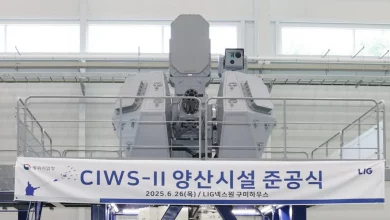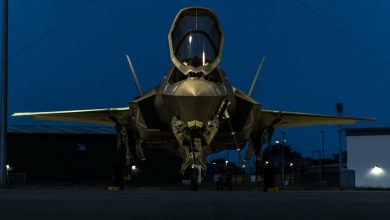What is Strategic Arms Reduction Treaty?

Russia suspends its participation to Strategic Arms Reduction Treaty, the only remaining arms control treaty with the US
Russian President Vladimir Putin announced on Tuesday that Russia is suspending its participation in the Strategic Arms Reduction Treaty (START), the only remaining arms control treaty with the US.
New START is a nuclear arms reduction treaty between the US and Russia, signed on April 8, 2010, in Prague by Presidents Dmitry Medvedev and Barack Obama, further ratified by both countries and entered into force on Feb. 5, 2011.
In 2021, the treaty was extended for five years, to 2026, upon the agreement between Russian President Vladimir Putin and US President Joe Biden.
The agreement’s official name is the treaty between the United States of America and the Russian Federation on Measures for the Further Reduction and Limitation of Strategic Offensive Arms, New START.
The treaty is the 7th in a series of bilateral agreements between the USSR/Russia and the US to limit strategic nuclear weapons.
In the early 1990s, the first and the last President of the USSR, Mikhail Gorbachev, said he saw the treaty as a means to complete nuclear disarmament,”to free humankind from nuclear threat.”
The treaty limits the number of deployed missiles and bombers to 700, deployed warheads, including multiple independently targetable reentry vehicles and bombers, to 1,550 and deployed and non-deployed launchers — missile tubes and bombers — to 800.
The treaty had reservations from each side, and the US issued a resolution, saying the treaty would not limit the deployment of its ballistic missile defense (BMD) systems, including in Europe.
Russia, while signing and ratifying New START, made a statement that says that New START would only be effective and viable in the absence of a qualitative and quantitative superiority of the US BMD systems.
The treaty suggests the establishment of a verification commission, which has to provide transparency regarding arms reduction.
The commission may include working groups to address any issues arising due to the treaty’s implementation.
Under the treaty, the sides may request information about up to five launches of missiles per year, should exchange information on the number of warheads and carriers twice a year — in March and September, and have the right to carry out up to 18 inspections per year.
There are two types of inspections. The first suggests supervising objects with deployed strategic arms — ground, sea and air bases.
The second type suggests inspections of places of loading, maintenance and storage of missiles.
Each side may carry out up to 10 inspections of the first type and up to eight inspections of the second type per year.
Throughout the treaty implementation, 328 inspections were held, and sides exchanged more than 21,000 launch notifications as of January 2021, when the last report was published.
In 2017, according to the State Department statement, the US had 660 carriers, 1,393 warheads and 800 launchers. Russia does not agree with this count, claiming some of the US launchers may be quickly reequipped for the use of nuclear weapons.
Russia, as of Sept.1, 2020, had 510 deployed carriers, 1,447 warheads and 764 deployed and non-deployed launchers.
The experts say that the actual number of warheads may be more than the stated because both sides use multiple independently targetable reentry vehicles — one missile carrying several nuclear warheads.





